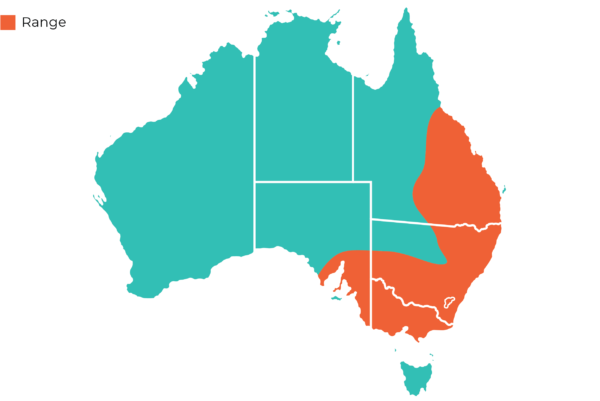Description
The Eastern Long Neck Turtle also referred to as a snake-necked turtle, has an upper shell that can vary in colour from light reddish-brown to almost black. The lower shell or plastron is usually creamy-yellow, sometimes with other dark brown markings. The feet have strong claws and are webbed for swimming. The jaws are made of hard, horn-like material and, if provoked, can deliver a painful bite.
Distribution
The species is found throughout south-eastern Australia where it is found west of Adelaide, eastwards throughout Victoria and New South Wales, and northwards to the Fitzroy River of Queensland.

Lifespan
30 - 37 years
Size
25cm in length and weight between 450 - 800g.
Diet
The Eastern Long Neck Turtle feeds on mostly fish, tadpoles, frogs and crayfish. The long neck is used like a snake to rapidly strike at passing prey. Large food items are torn apart by the strong front claws.
Habitat
The Eastern Long Neck Turtle is common in Eastern Australia, while other long-necked species occur in northern and western Australia. They inhabit almost any type of relatively slow-moving water body from farm dams to major rivers and lakes.
Breeding
The female lays between 8 - 24 hard-shelled eggs during spring and early summer in an excavation on the bank of a swamp or stream. The young tortoises usually hatch after an incubation time ranging from three to eight months. Some females may produce two or three clutches in one season.
海龟 | 亀 | 거북